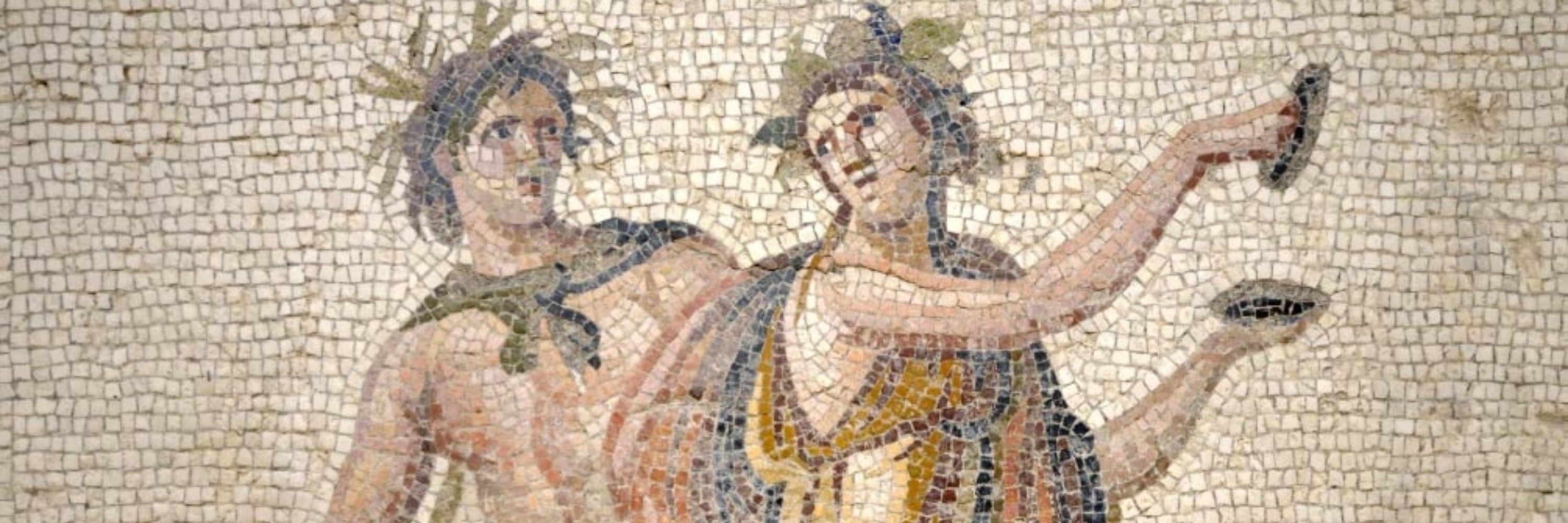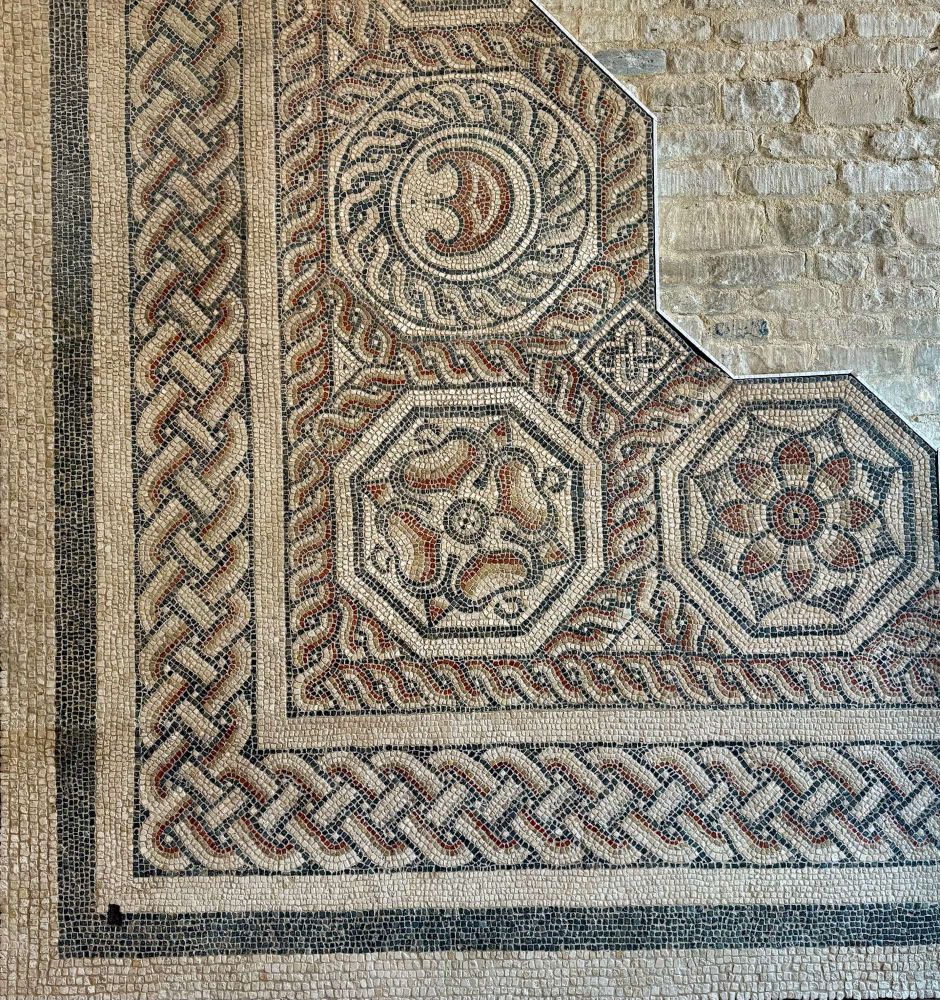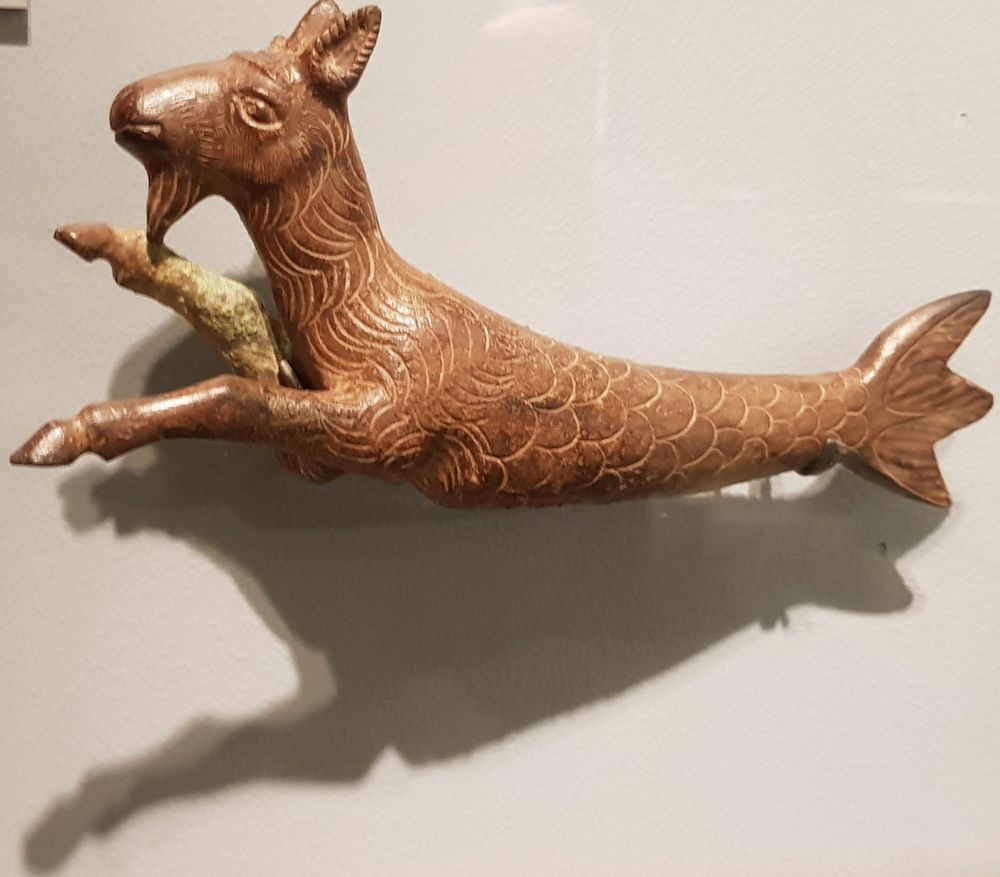Jon Hawke
@archaeohawke.bsky.social
3.1K followers
800 following
980 posts
#Archaeology, #Ancient #Classical World & #Roman Frontier Studies MA. Former life Archaeologist doing a bit now and then. Every day above ground is a good day! Romanes eunt domus!😂
Posts
Media
Videos
Starter Packs
Pinned
Reposted by Jon Hawke
Reposted by Jon Hawke
Reposted by Jon Hawke
Reposted by Jon Hawke
Reposted by Jon Hawke
Reposted by Jon Hawke
Reposted by Jon Hawke
Reposted by Jon Hawke
Reposted by Jon Hawke
Reposted by Jon Hawke
Reposted by Jon Hawke
Reposted by Jon Hawke























